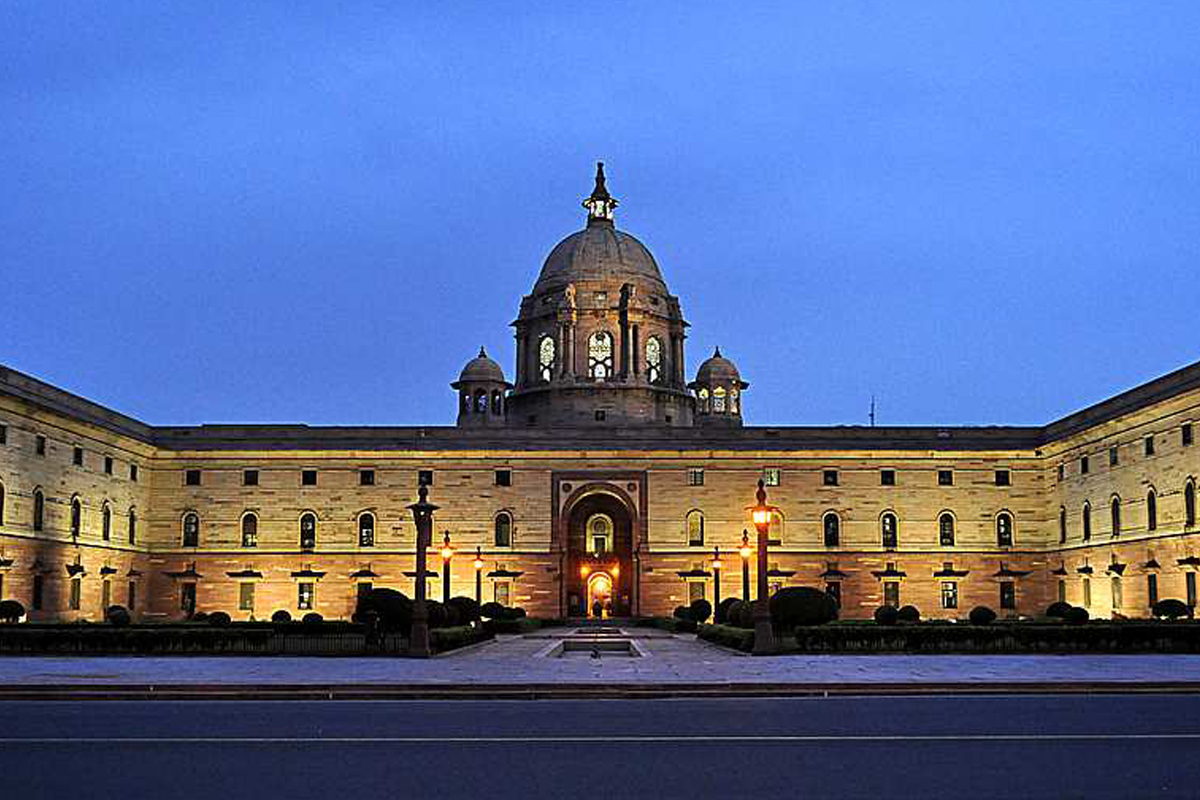In a significant initiative as part of the nation-wide ‘Act4Dyslexia’ campaign, the highest offices of the Government and key monuments in Delhi, including Rashtrapati Bhawan, Parliament House, North and South Blocks, and India Gate, have been illuminated in red, the colour for Dyslexia Awareness.
The event aligns with similar illuminations across major cities, including Patna, Ranchi, Jaipur, Kohima, Shimla, and Mumbai, spotlighting the need to remove stigma and foster greater understanding of dyslexia and other learning disabilities, the Ministry of Social Justice and Empowerment said on Monday.
Advertisement
This initiative aims at raising awareness about learning disabilities, which are estimated to affect 20 per cent of India’s population, including 35 million students. It is being organised in collaboration with UNESCO Mahatma Gandhi Institute of Education for Peace and Sustainable Development (MGIEP) & ChangeInkk Foundation.
To amplify the message of inclusion, the ‘Walk4Dyslexia’ was flagged off by Rajesh Aggarwal, Secretary of the Department of Empowerment of Persons with Disabilities (DEPwD), alongside Shombi Sharp, UN Resident Coordinator in India.
This walk symbolises collective action to act for Dyslexia, emphasizing the need for equal opportunities and support for individuals with learning disabilities. The walk, that saw the participation of over 300 supporters, was co-organised by ChangeInkk Foundation, UNESCO MGIEP, Orkids Foundation, and Soch Foundation, commenced on the morning of 27th October from Vijay Chowk to India Gate.
Expressing his enthusiasm for the campaign, Aggarwal said, “The ‘Act4Dyslexia’ is a well-thought campaign, as we need to take action to make progress. I’m happy to see the growth from last year’s campaign, with over 1,600 walks across the country and over 4 lakh people participating this year. I’m also happy to learn about the introduction of the Purple Flame Chatbot, which will help schools, teachers, doctors, and other stakeholders to diagnose and support people with learning disabilities. The Government looks forward to working with like-minded organizations that support people with disabilities and ensure access to equal opportunities for growth and development.”
Sharing his perspective on the occasion, Shombi Sharp said, “On behalf of the UN in India and representing the UN Secretary-General, it’s my great honor to support Dyslexia Awareness Month and the ‘Act4Dyslexia’ campaign with ChangeInkk, supported by UNESCO MGIEP and other organizations. We walked across the Kartavya Path to India Gate to raise awareness on the importance of the rights of people with learning disabilities. It is incredible to see that when given equal opportunities, individuals with learning disabilities have achieved great success, including becoming inventors, Nobel laureates, and entrepreneurs. We need to truly unleash the potential of this talent for societal development, and if India can achieve this, it can deliver on the Sustainable Development Goals at a global level.”
In a nationwide movement for Dyslexia awareness, this year the campaign has expanded significantly, with over 1,600 walks organized across the country—spanning state capitals, districts, blocks, villages, and schools. The initiative engaged over 4 lakh participants, who collectively took over 2 billion steps toward driving awareness for ‘Act4Dyslexia’.
These walks were led by state education departments, parent groups, and educational institutions, in collaboration with over 150 organizations, demonstrating a united effort by government bodies, parents, educators, civil society organizations, and the private sector.











